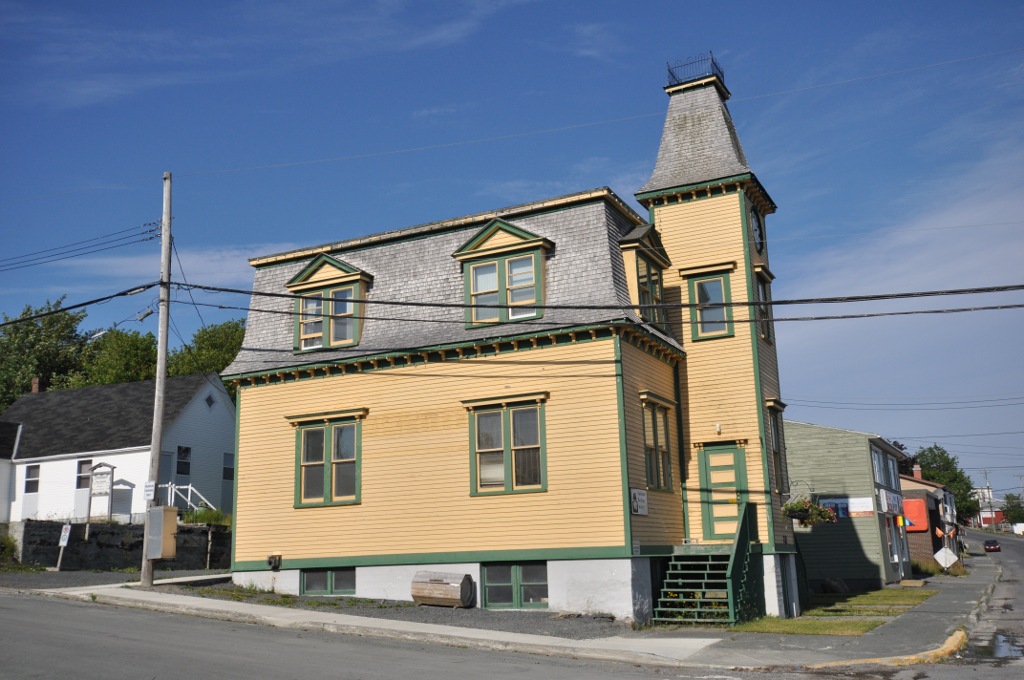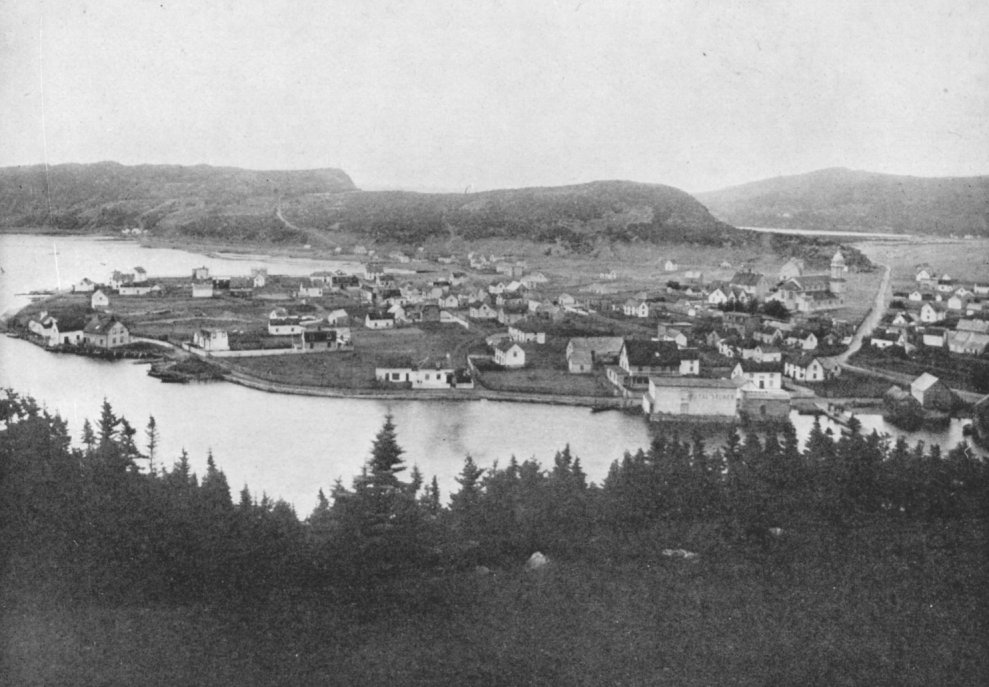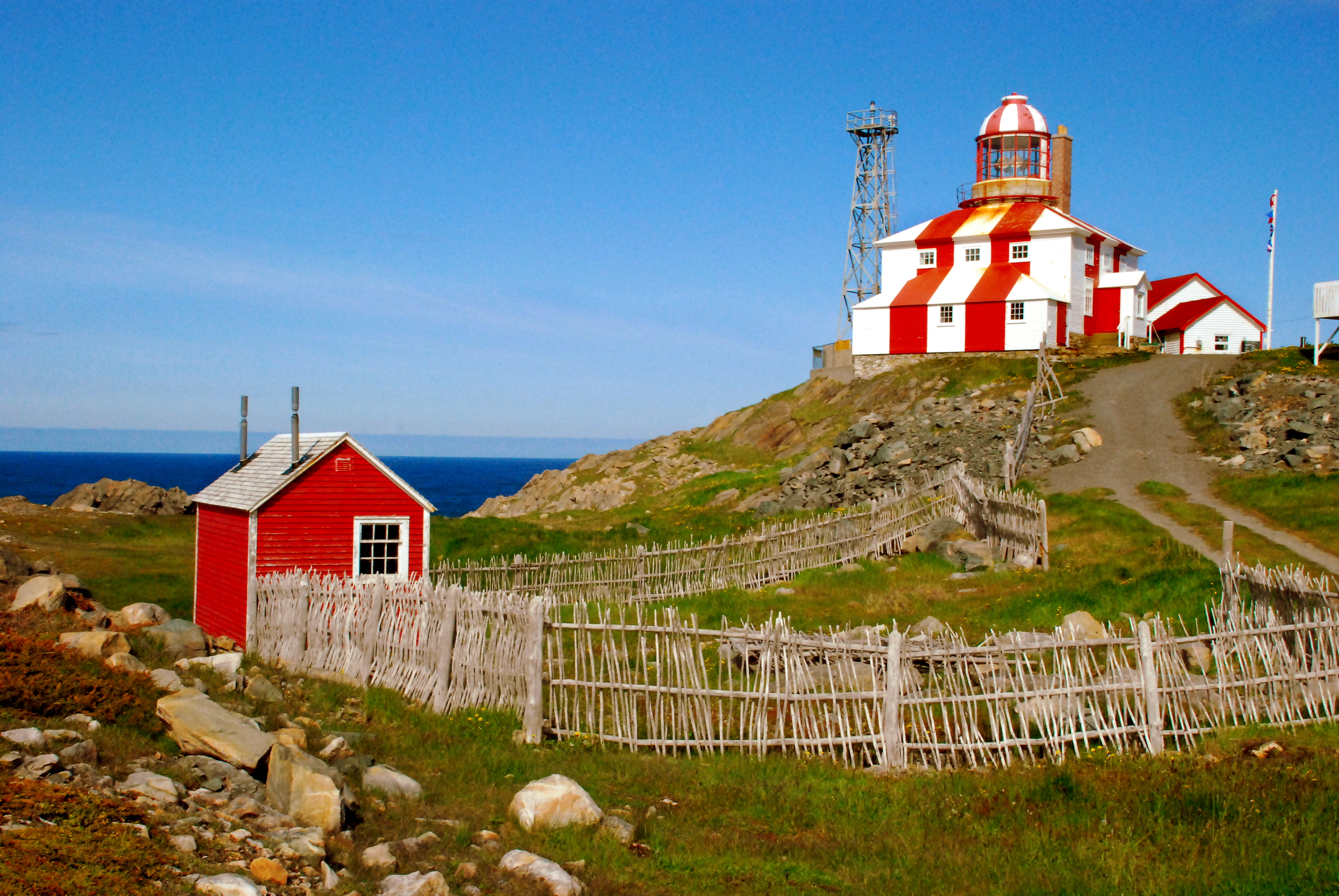|
Rail-to-trails
A rail trail is a shared-use path on railway right of way. Rail trails are typically constructed after a railway has been abandoned and the track has been removed, but may also share the right of way with active railways, light rail, or streetcars ( rails with trails), or with disused track. As shared-use paths, rail trails are primarily for non-motorized traffic including pedestrians, bicycles, horseback riders, skaters, and cross-country skiers, although snowmobiles and ATVs may be allowed. The characteristics of abandoned railways—gentle grades, well-engineered rights of way and structures (bridges and tunnels), and passage through historical areas—lend themselves to rail trails and account for their popularity. Many rail trails are long-distance trails, while some shorter rail trails are known as greenways or linear parks. Rail trails around the world Americas Bermuda The Bermuda Railway ceased to operate as such when the only carrier to exist in Bermuda folded in ... [...More Info...] [...Related Items...] OR: [Wikipedia] [Google] [Baidu] |
Newfoundland T'Railway
The Newfoundland T'Railway Provincial Park is a rail trail located in the Canadian province of Newfoundland and Labrador. Protected as a linear park under the provincial park system, the Newfoundland T'Railway consists of the railbed of the historic Newfoundland Railway, later renamed Terra Transport as transferred from its most recent owner, Canadian National Railway (CN), to the provincial government after rail service was abandoned on the island of Newfoundland in 1988. The rail corridor stretches from Channel-Port aux Basques in the west to St. John's in the east with branches to Stephenville, Lewisporte, Bonavista, Placentia and Carbonear. The Newfoundland T'Railway forms part of the Trans Canada Trail system and covers a distance of . History Construction of the railway began in 1881. The first passenger train traveled from St. John's to Channel-Port aux Basques on June 29, 1898. The railway was abandoned in September 1988 and the last rails removed in 1990, whereby th ... [...More Info...] [...Related Items...] OR: [Wikipedia] [Google] [Baidu] |
Confederation Trail
Confederation Trail is the name for a 470 kilometre recreational rail trail system in the Canadian province of Prince Edward Island. It was developed in the 1990s, following the December 31, 1989, abandonment of all railway lines in the province by Canadian National Railway (CN). Description and history Comprising almost the total mileage of the historic Prince Edward Island Railway, development of the Confederation Trail was encouraged by a rails to trails advocacy group founded at a meeting held on August 3, 1989, in Charlottetown. Rails-to-Trails P.E.I, (noIsland Trails worked with local communities and individuals across the Island culminating in the decision by the provincial government to purchase the entire railway right-of-way from CN in 1994 after CN had removed all track. The vision of a multiuse linear park from one end of the Island to the other was embraced by the provincial government which manages operations through the Parks Division of Tourism while the Properti ... [...More Info...] [...Related Items...] OR: [Wikipedia] [Google] [Baidu] |
Prince Edward Island Railway
The Prince Edward Island Railway (PEIR) was a historic Canadian railway in Prince Edward Island (PEI). The railway ran tip-to-tip on the island, from Tignish in the west to Elmira in the east, with major spurs serving Borden-Carleton's train ferry dock, the capital in Charlottetown, Montague and Georgetown and the original eastern terminus at Souris. A major spur from Charlottetown served Murray Harbour on the south coast. Construction began in 1871 but costs almost bankrupted the government by the next year, a problem that helped pave PEI's entrance into Confederation. The work was picked up by the Canadian Government Railways and largely completed by the mid-1880s. The PEIR saw heavy use, especially during World War II, but like many railways saw declining use through the 1970s. The line officially closed on 31 December 1989 and the rails removed between 1990 and 1992, with the provincial government receiving a one-time payment of $200 million to upgrade the road network i ... [...More Info...] [...Related Items...] OR: [Wikipedia] [Google] [Baidu] |
Carbonear, Newfoundland And Labrador
Carbonear is a town on the Avalon Peninsula in Newfoundland and Labrador, Canada. It overlooks the west side of Conception Bay and had a history long tied to fishing and shipbuilding. Since the late 20th century, its economy has changed to emphasize education, health care, retail, and industry. As of 2021, there were 4,696 people in the community. History The town of Carbonear is one of the oldest permanent settlements in Newfoundland and among the oldest European settlements in North America. The harbor appears on early Portuguese maps as early as the late 1500s as Cabo Carvoeiro (later anglicized as Cape Carviero). There are a number of different theories about the origin of the town's name. Possibly from the Spanish word "carbonara" (charcoal kiln); Carbonera, a town near Venice, Italy where John Cabot (Giovanni Caboto) had been resident; or from a number of French words, most likely "Carbonnier" or "Charbonnier," meaning "coalman." In the late 20th century, historian Alwyn Ru ... [...More Info...] [...Related Items...] OR: [Wikipedia] [Google] [Baidu] |
Placentia, Newfoundland And Labrador
Placentia is a town located in the Canadian province of Newfoundland and Labrador. It consists of the Argentia Industrial Park and amalgamated communities of Townside, Freshwater, Dunville, Southeast, Point Verde and Jerseyside. History There is considerable evidence that Placentia Bay was intermittently occupied by Little Passage people.I. Marshall, ''A History and Ethnography of the Beothuk'' (Montréal: McGill-Queens University Press, 2014): 273. Their descendants, the Beothuk, continued to settle there until the 17th century. Remnants of Beothuk occupation from the surrounding area has been carbon dated back to as far as 1500 CE. Whether the Beothuk had come to permanently settle or just to fish has proved difficult to ascertain. By the late 17th century, the English and French settlers and fishermen had claimed the bays of Placentia.Newfoundland and Labrador Heritage Web Site, accessed March 5, 2019Disappearance of the Beothuk/ref> This effectively cut the natives off fro ... [...More Info...] [...Related Items...] OR: [Wikipedia] [Google] [Baidu] |
Bonavista, Newfoundland And Labrador
Bonavista (2021 population: 3,190) is a town on the Bonavista Peninsula, Newfoundland in the Canadian province of Newfoundland and Labrador. Unlike many Newfoundland coastal settlements, Bonavista was built on an open plain, not in a steep cove, and thus had room to expand to its current area of . Bonavista is located approximately 300km from the provincial capital of St. John's. History John Cabot (Giovanni Caboto), a freelance Italian explorer, was contracted by England's Henry VII to find new lands, and a sea route to the Orient. Cabot set sail from Bristol, England in his ship the ''Matthew'' in 1497. When Cabot first saw land he reputedly said "O Buon Vista" ("Oh, Happy Sight!") giving rise to the name of the town and nearby Cape Bonavista. Cabot landed with "a crucifix and raised banners with the arms of the Holy Father and those of the King of England". The land was inhabited, as the expedition found a trail leading inland, a site where a fire had been, and "a stick half ... [...More Info...] [...Related Items...] OR: [Wikipedia] [Google] [Baidu] |
Lewisporte, Newfoundland And Labrador
Lewisporte is a town in central Newfoundland, Canada, with a population of 3,288. It is situated in Burnt Bay which opens on to the Bay of Exploits. Lewisporte has a deep water port and related facilities that serve many communities in the region. History Settlers first arrived in Lewisporte, previously named Burnt Bay, and then Marshallville (after the Wesleyan Methodist Missionary William T Marshall who died in 1846), in 1887 and engaged in the prosperous fishing, logging, and ship building industries. Lewisporte is named for Lewis Miller, an enterprising Scotsman who operated a logging company in central Newfoundland. Millertown, another community in this region is also named for him. The first European settlers were attracted to the area by the huge stands of birch, spruce and pine. During the Second World War, Lewisporte was an important base of operations for the Canadian Forces. Gander's strategic location as a ‘jumping off’ point for flights going to Europe brough ... [...More Info...] [...Related Items...] OR: [Wikipedia] [Google] [Baidu] |
Stephenville, Newfoundland And Labrador
Stephenville (Canada 2021 Census population 6540) is a town in Newfoundland and Labrador, Canada, on the west coast of the island of Newfoundland. The town functions as a local service centre for the southwestern part of the island, serving a direct population of 35,000 people from surrounding areas and over 100,000 people along the entire southwestern coast of the island. The primary employer in the town was a paper mill, which closed in 2005. Stephenville has a modern 40-bed hospital (built in 2003), schools, stores, movie theater, banks, and an International Airport ( Stephenville International Airport, CYJT), year round ice free sea port (Port Harmon), and government institutions. The provincial community college system, College of the North Atlantic, is headquartered in Stephenville and maintains a campus there for students from the southwestern region of the island. The Newfoundland and Labrador Public Library system is also headquartered in Stephenville. A provincial mi ... [...More Info...] [...Related Items...] OR: [Wikipedia] [Google] [Baidu] |
Channel-Port Aux Basques, Newfoundland And Labrador
Channel-Port aux Basques is a town at the extreme southwestern tip of Newfoundland fronting on the western end of the Cabot Strait. A Marine Atlantic ferry terminal is located in the town which is the primary entry point onto the island of Newfoundland and the western terminus of the Newfoundland and Labrador Route 1 (Trans-Canada Highway) in the province. The town was incorporated in 1945 and its population in the 2021 census was 3,547. Port aux Basques is the oldest of the collection of villages that make up the present-day town, which consists of Port aux Basques, Channel, Grand Bay and Mouse Island. The town is called "''Siinalk''" in the Miꞌkmaq language. History Channel was settled by fisher-folk from the Channel Islands in the early 1700s. Port aux Basques refers to the harbour that was a favoured sheltering and watering place for Basque whalers who hailed from the Basque region of the Pyrenees of France and Spain during the early 16th century. After leaving the harb ... [...More Info...] [...Related Items...] OR: [Wikipedia] [Google] [Baidu] |





